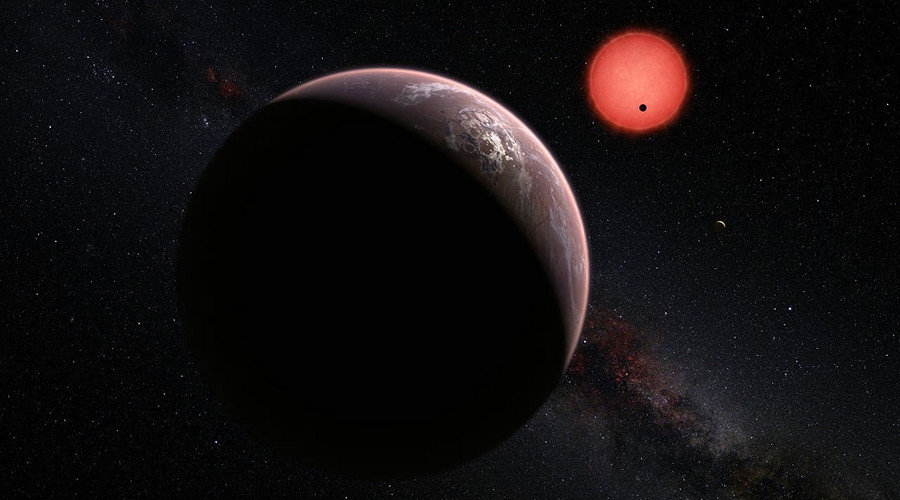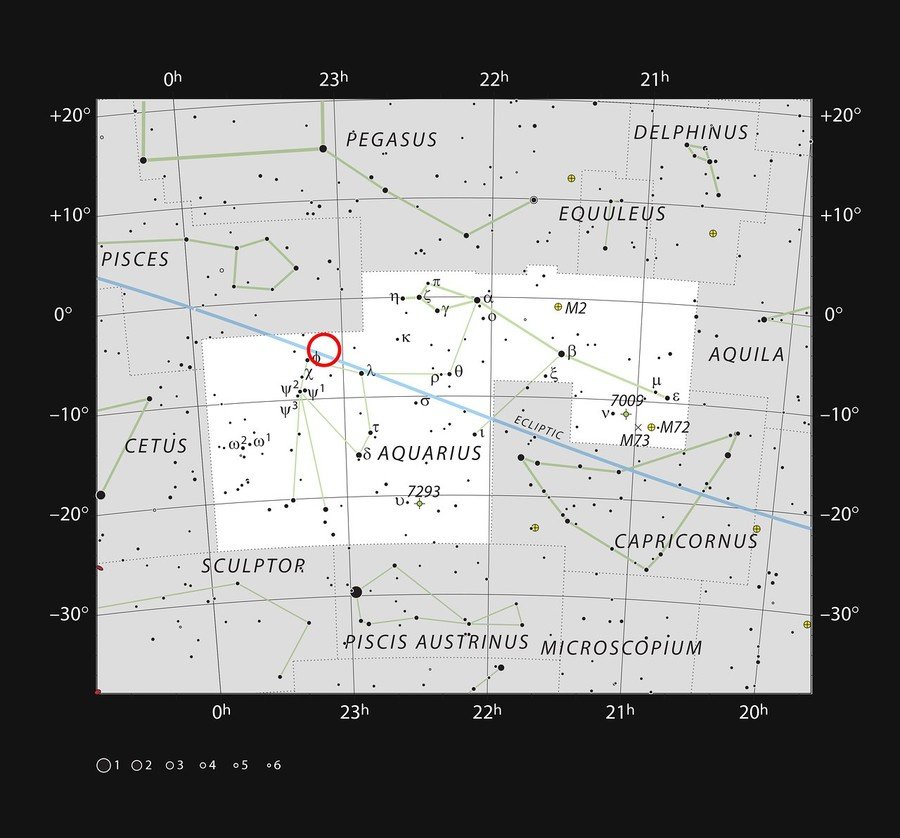OF THE
TIMES
A nation that continues year after year to spend more money on military defense than on programs of social uplift is approaching spiritual doom.
As a former military helicopter pilot, the way the formation broke up was an invitation for a collision.
Just don't pull it down.
Of course, they will call it cow covid 2024
Burn the Pedos down. [Link]
The Robot Dog With A Flamethrower | Thermonator [Link] 🤡💩🎪
To submit an article for publication, see our Submission Guidelines
Reader comments do not necessarily reflect the views of the volunteers, editors, and directors of SOTT.net or the Quantum Future Group.
Some icons on this site were created by: Afterglow, Aha-Soft, AntialiasFactory, artdesigner.lv, Artura, DailyOverview, Everaldo, GraphicsFuel, IconFactory, Iconka, IconShock, Icons-Land, i-love-icons, KDE-look.org, Klukeart, mugenb16, Map Icons Collection, PetshopBoxStudio, VisualPharm, wbeiruti, WebIconset
Powered by PikaJS 🐁 and In·Site
Original content © 2002-2024 by Sott.net/Signs of the Times. See: FAIR USE NOTICE



Look at the red and blue stars in proximity.
[Link]
Red and blue ( false colors ) represents different NIR bands.
Considering the white star in proximity it could be a triple star system.